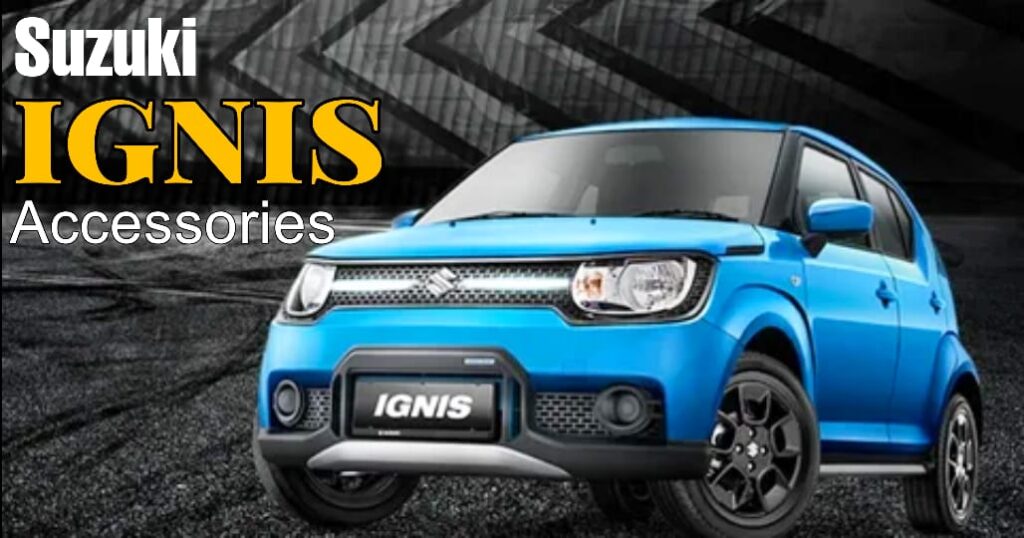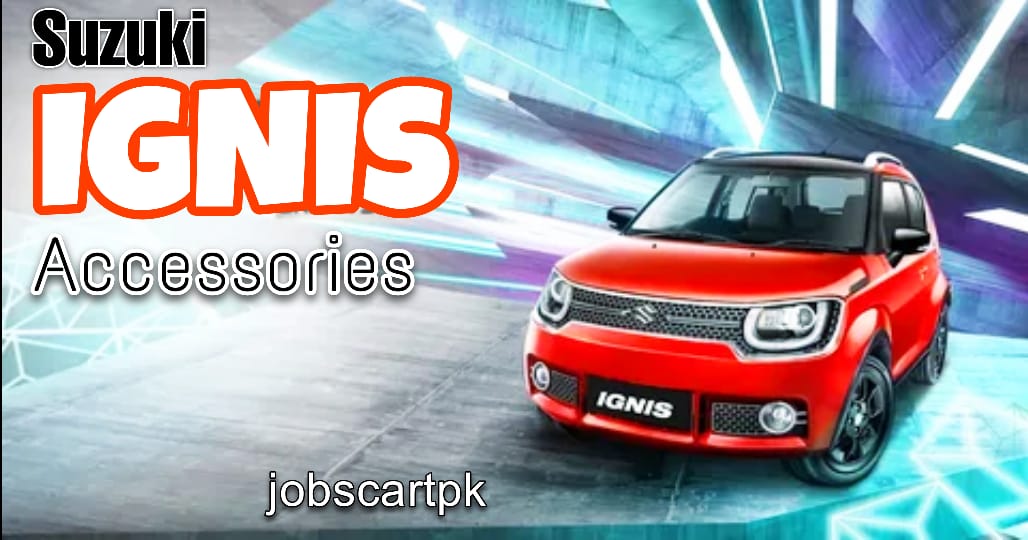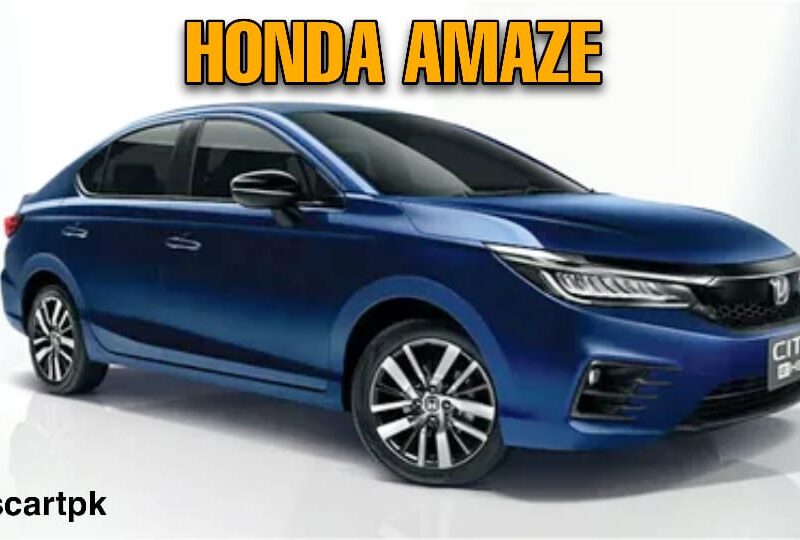Keywords are the most important thing for being seen online. These are the links that people use to get to the material they want in the digital world. Understanding buzzwords is very important for everything from search engine optimization (SEO) to writing content. This piece goes into great detail about keywords, including the different kinds, how to find them, how to use them to your advantage, and the effects they will have in the long run. Come along with us as we explore the power of keywords to help you reach new heights in your online profile.
Types of Keywords
There are many different kinds of keywords, and each one has a specific job to do in digital marketing and SEO. To make a good plan to reach your target group, you need to know about the different kinds of keywords. Here is a list of the main types:

Short-Tail Keywords
Short-tail keywords are general terms that are only one or two words long.
They usually get a lot of searches, but there is a lot of competition for them.
Think of words like “cars,” “shoes,” or “travel.”
Long-Tail Keywords
Long-tail keywords are sentences that are longer and more detailed. They usually have three words or more.
Even though fewer people look for them, they tend to get more quality visitors.
Things like “best running shoes for flat feet” or even “affordable family vacation destinations in Europe.”
LSI Keywords (Latent Semantic Indexing)
The main keyword and any linked words or sentences that make sense with it are called LSI keywords.
They help search engines figure out what the material is about and why it’s important.
Like, if the main term is “apple,” some LSI keywords could be “fruit,” “orchard,” or “nutrition.”
Branded Keywords
Branded keywords have the name of a certain company or brand in them.
They are used by people who already know the name and are looking for specific goods or services.
A few examples are “Nike shoes” and “Amazon Kindle.”
Keyword Research Techniques
Keyword study is the most important part of both SEO and content marketing. Businesses can get more focused traffic to their websites and become more visible online by finding the right terms. When doing topic study, these are some good methods:
Analyze Your Audience
To begin, you should know who you’re writing for and what their wants, needs, and problems are.
To learn useful things about your audience’s age, gender, interests, and habits, use tools like Google Analytics, social media insights, and customer polls.
Find out what words and phrases they use to look for goods or services in your business.
Brainstorm Seed Keywords
Make a list of broad terms that are related to your niche or business.
These words are called “seed keywords,” and they will help you start your keyword study.
Write down buzzwords that are connected to the main ideas or topics that are important to your business.
Use Keyword Research Tools
Use tools like Google Keyword Planner, SEMrush, Ahrefs, and Moz Keyword Explorer to find keywords.
These tools can tell you a lot about keyword search traffic, competition, and words that are related to the phrase.
Try using different versions and mixtures of keywords to find ways to improve your site’s performance.
Explore Long-Tail Keywords
Try to find long-tail terms that are more detailed and narrow.
Many people look for long-tail keywords less often, but it’s easier to rank for them because there aren’t as many people using them.
Answer the Public or Google’s “People also ask” function can help you find long-tail keyword versions that are based on popular searches and questions.
Analyze Competitor Keywords
Look at the websites and material of your rivals to find the keywords they are using.
You can use tools like SEMrush and SpyFu to look at the keywords that your competitors are using and find gaps and chances in your own keyword plan.
Find keywords that your rivals are ranking for but that you are not targeting at the moment.
Keyword Optimization
Keyword optimization means adding target keywords to different parts of a website or piece of content in a planned way so that search engines see it more often and think it is relevant. Here are some of the most important places where keyword optimization is important:
On-Page SEO
On-page SEO is the process of making changes to individual web pages to help them rank higher in search engines and get more traffic from search engines.
Use the terms you want to rank for in the page title, meta description, headers (H1, H2, etc.), and URL.
Make sure that where you put your keywords doesn’t feel forced and doesn’t get in the way of the flow of the writing.
Content Creation
Make content that is high-quality, relevant, and fits with your goal keywords. This content should also be useful to your audience.
Use the targeted keywords all over the text, in the opening, body paragraphs, subheadings, and end.
Don’t use too many keywords in your content; it can hurt users and get you in trouble with search engines.
Image Optimization
Use detailed filenames and alt tags with goal keywords to make pictures work better.
This helps search engines figure out what the pictures are about and can make your website more visible in image search results.
Use relevant terms in the picture descriptions and text around the images when it makes sense to do so.
Internal Linking
Use internal linking to connect pages that are connected and spread the value of your links across your whole site.
Anchor text with goal terms can help search engines figure out what linked pages are about and why they are important.
But don’t over-optimize link text; it will look fake, and search engines may punish you for it.
Importance of Keyword Density
term density is the number of times a term or phrase shows in a piece of material as a portion of all the words that are in it. Keyword density used to be a big deal in SEO, but now it’s not as important as it used to be. Here’s why term density is still important and how to get it just right:
Relevance and Context
Keyword richness is a very important factor in telling search engines what a piece of material is about and how relevant it is.
Search engines can better understand what your content is about and how it links to the user’s question if you use target keywords in smart places throughout it.
Avoiding Keyword Stuffing
Search engines can punish websites that use too many terms to try to trick them into higher ranks. This is called “keyword stuffing.”
Keeping the phrase intensity at the right level makes sure that the content goes easily and gives the reader something of value, without coming off as annoying or too advertising.
User Experience
Keeping phrase density in check makes sure that the content is interesting, useful, and simple to read, which all leads to a good user experience.
Too many buzzwords in content can make it hard to read and cause a high bounce rate, which means that a lot of people leave the page quickly.
Search Engine Rankings
Keyword richness isn’t as important for search engine results as it used to be, but it does still have some effect on them.
Aim for a keyword rate of 1% to 2% to let search engines know that the content is related to the term without using it too much.
Semantic SEO
Instead of just focused on exact keyword hits, you might want to add variations and linked terms to make your content more semantically relevant.
To do semantic SEO, you need to know the context and purpose behind search results and give users complete, reliable information that meets their needs.
Long-Term Keyword Strategies
To keep and improve your organic search exposure over time, you need long-term keyword tactics. Long-term keyword strategies focus on building a strong base for long-term success, while short-term strategies may get you quick wins but don’t last. Here’s how companies can come up with and use long-term search tactics that work:
Focus on Evergreen Content
Evergreen content is material that will always be useful to your audience, no matter what the season or current trends are.
Find buzzwords and topics that people will want to read about for a long time. This will keep them coming back.
Full guides, lessons, and teaching materials that cover basic topics in your business are examples of evergreen content.
Invest in Authority Building
Making your website a reliable source of information in your area is part of building influence.
Make sure your content is of high quality, shows that you know what you’re talking about, meets user needs, and is useful to your audience.
As time goes on and people trust and know about your website, it will move up in search results for related buzzwords.
Adapt to Search Trends
Keep up with changes and trends in how people look, how technology is used, and what users like.
Keep an eye on search trends and make changes to your content plan as needed to take advantage of new possibilities.
As search changes, be ready to shift and make changes to your keyword approach as needed to stay relevant and competitive.
Build a Diverse Keyword Portfolio
Don’t depend too much on a small group of high-volume keywords, as this can leave your website open to changes in its search results.
A mix of short-tail, long-tail, and niche keywords that cover a wide range of topics and user goals will help you diversify your keyword collection.
This method lowers the risk and makes sure that your website stays noticeable and competitive in a range of search situations.
Prioritize User Intent
Figure out what people are looking for when they search and make material that fits their wants, needs, and actions.
You can learn about what people want and need by using tools like Google’s Keyword Planner, Google Trends, and search query research.
Customize your term approach to target the different steps of the buyer’s journey, from becoming aware of the product or service to making a choice and getting help after the purchase.

Car Accessories Buying Guide
There are so many choices when it comes to car items that it can be hard to figure out what to buy. To help you make smart choices, here is a complete buying guide with things to think about when you’re shopping for car accessories:
Compatibility
Make sure that the items you pick will work with the year, make, and model of your car. If you don’t want to buy things that won’t fit or work right with your car, check the product specs and connection guides that the makers offer.
Quality and Durability
Spend your money on items that are made well and will last. Look for well-known names that are known for being durable and dependable. To figure out how good a product is generally, look at the materials used, how well it was built, and user reviews.
Functionality
Think about what the item can do for you and how it will help you. It doesn’t matter if the items are for safety, comfort, or ease; the most important thing is that they meet your wants and tastes.
Installation
When picking out car additions, think about how easy they are to put. Some items may need to be put by a professional, while others are simple enough for do-it-yourselfers. When you decide what to buy, think about how much it will cost and how long it will take to install.
Tips for Maintaining Car Accessories
Keeping your car items in great shape not only makes them last longer, but it also makes sure they work and look their best. Here are some important things you should do to keep your car equipment in good shape:
Regular Cleaning
To keep dirt, dust, and grime from building up on your car’s parts, clean them often. To clean things softly, use water, gentle soap, and a soft cloth. Do not use rough cleaners or strong chemicals that could hurt precious items.
Avoid Excessive Sun Exposure
Car items made of plastic, leather, or cloth can fade, change color, and break down over time if they are left out in the sun for a long time. Place your car in a shady spot or use sunshades to shield the inside from UV rays.
Proper Storage
When not in use, car items should be stored properly to keep them in good shape and avoid damage. To keep items in order and safe from dust, moisture, and other external factors, use storage bins, boxes, or protective covers.
Regular Inspections
Check car parts on a regular basis for signs of damage, wear, or failure. Look for cracks, tears, loose fasteners, broken wires, and loose fasteners. Fix any problems right away to stop more damage or safety risks.
Trends in Car Accessories
Trends in car items change along with the auto business. You can stay ahead of the curve and make sure your car has the newest and coolest items by keeping up with these trends. Here are some new styles in car accessories:
Smart Technology Integration
As smart technology becomes more popular, more and more car devices are adding features like Bluetooth, voice control. Dash cams, GPS tracks, and troubleshooting tools are examples of smart gadgets that make driving easier and more useful.
Eco-Friendly Options
As environmental protection becomes more important, more people want eco-friendly car parts made from recycled or reusable materials. Eco-friendly items, like solar-powered air filters and biodegradable seat covers, offer green options that don’t sacrifice style or function.
Personalization and Customization
More and more, people want to adapt and change their cars so that they fit their style and attitude. People can make a statement and stand out on the road with unique items like handmade seat covers, license plates.
Wireless Charging Solutions
As smartphones and other electronics become more popular, more people want to know how to charge their phones wirelessly in their cars. Wireless charging pads, mounts, and adapters make it easy for drivers to charge their devices while they’re on the go. Without having to deal with cords or wires. This makes things more organized and convenient.
Conclusion
In conclusion, car extras are very important for making your car more useful, safer, more comfortable, and more attractive. You can customize your ride, make it work better, or stay organized while you’re on the road; there are many extras that can help you do those things. The world of car equipment is always changing to meet the needs of today’s drivers. It has everything from high-tech toys to useful storage solutions.
By carefully choosing and taking care of your car items, you can get the most out of your car and show off your style and personality at the same time. Buying good extras can improve your driving experience and make your car more valuable. Whether you choose eco-friendly choices, smart technology integration, or luxury upgrades.
Also, knowing what the latest trends are in car items will help you stay ahead of the curve and use the newest products. Whether it’s adopting wireless charging options, adding AI-powered features. Staying on top of trends makes sure that your car always has the newest and coolest extras.
To put it simply, car accessories aren’t just extras; they’re necessary parts that make your car more comfortable, useful. By carefully choosing, updating, and keeping up with the latest trends in car items. You can make your driving experience unique and enjoyable, reflecting your personal tastes and way of life. So, look into your options, make a smart choice, and enjoy your trip on the road more with the right car items.


